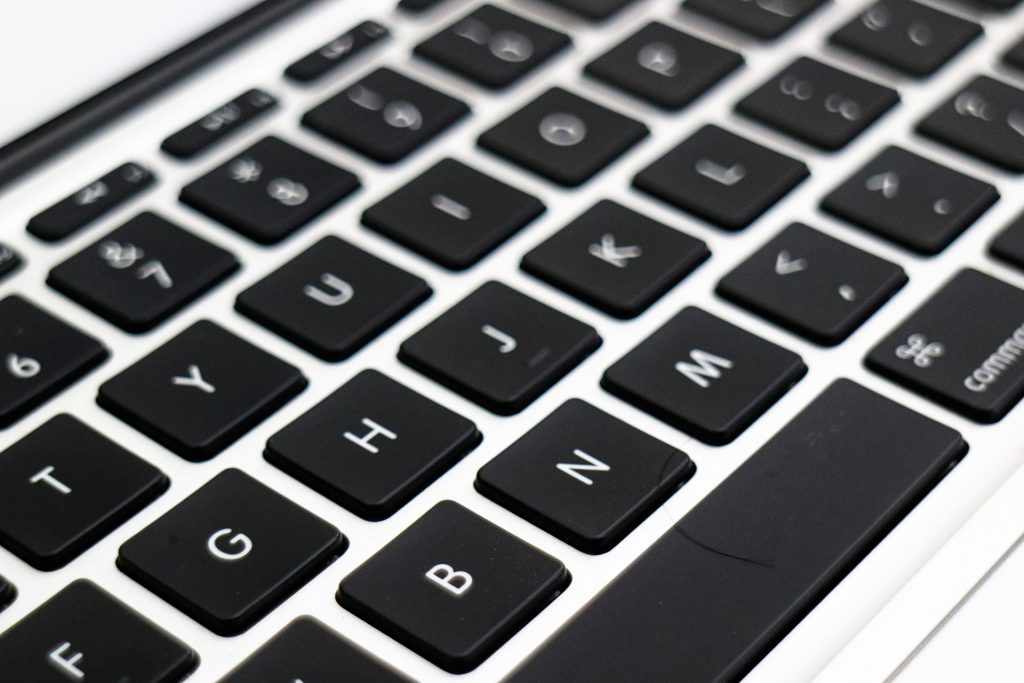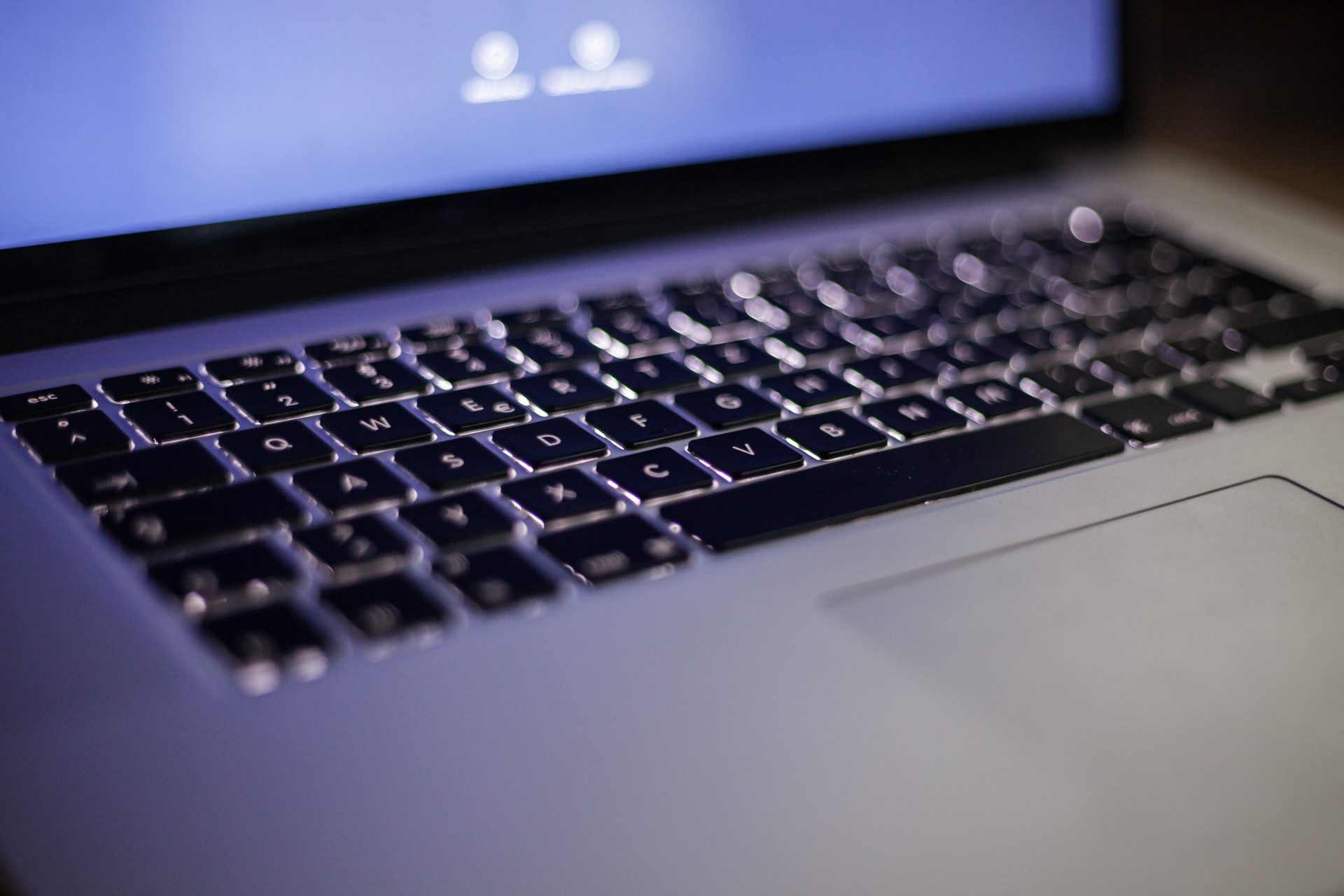Introduction to Locking your Keyboard on Mac
As a Mac user, it’s important to take steps to secure your device and protect it from unauthorized access. One simple but effective way to do this is by locking your keyboard.
When you lock your keyboard, you prevent anyone from accessing or manipulating your Mac without your permission. This can be especially important if you have sensitive information on your device, or if you’re concerned about someone tampering with your computer while you’re away from it.
In this blog post, we’ll go over everything you need to know about locking your keyboard on a Mac. We’ll start by discussing the benefits of keyboard locking and the potential risks of not doing so.
Then, we’ll provide step-by-step instructions for setting up keyboard locking on your Mac, both through built-in Mac features and through third-party software. Finally, we’ll discuss some extra security measures you can take to further secure your keyboard and your Mac as a whole.
By the end of this post, you’ll be well-equipped to lock your keyboard and protect your Mac from unauthorized access.
Setting up keyboard locking on your Mac

Setting up keyboard locking on your Mac is a simple process that can provide an extra layer of security for your device. To get started, you’ll need to enable password protection on your Mac.
To do this, go to your Mac’s System Preferences and click on the Security & Privacy tab. From there, you can choose to require a password to unlock your Mac or to wake it from sleep or screen saver mode. By requiring a password, you’ll prevent anyone from accessing your Mac without your authorization.
You can also set up a hotkey to lock your keyboard quickly and easily. To do this, go to your Mac’s Keyboard Preferences and click on the Shortcuts tab. From there, you can set up a custom keyboard shortcut to lock your keyboard. This is especially convenient if you need to lock your keyboard in a hurry.
Additionally, you can adjust your Mac’s settings to automatically lock your keyboard after a certain amount of inactivity. This can be a helpful way to ensure that your keyboard is always locked when you’re not using your Mac.
Using third-party software to lock your keyboard
In addition to the built-in keyboard locking features on your Mac, you can also use third-party software to lock your keyboard. There are a number of popular software options available, each with its own set of features and benefits.
One popular option is Keyboard Locker, which allows you to lock and unlock your keyboard with a single keystroke or mouse click. Another option is KeyLemon, which not only locks your keyboard but also offers face and voice recognition for even more secure protection.
When using third-party software to lock your keyboard, it’s important to consider the pros and cons. On the one hand, these programs can offer additional features and customization options that may not be available with built-in Mac features.
On the other hand, they can also require additional installation and setup, and may require a subscription fee for ongoing use. If you do decide to use third-party software to lock your keyboard, be sure to carefully read the instructions and follow the steps carefully to ensure proper installation and usage.
Extra security measures for locking your keyboard
There are a few extra security measures you can take to further secure your device.
One option is to use a physical keyboard lock. These locks are designed to physically block access to the keyboard, making it nearly impossible for anyone to use your Mac without your permission. These locks are relatively inexpensive and easy to install, making them a great option for adding an extra layer of protection to your Mac.
Another option is to use two-factor authentication for even more secure keyboard locking. Two-factor authentication requires you to enter a code or use a physical device (such as a phone or security key) in addition to your password in order to access your Mac. This adds an extra layer of protection that makes it much more difficult for anyone to access your device without your permission.
While these extra security measures may require a bit more effort to set up, they can provide an extra level of protection for your Mac and give you peace of mind knowing that your device is secure.
Conclusion
In conclusion, locking your keyboard on your Mac is an important step in securing your device and protecting it from unauthorized access. By setting up keyboard locking through built-in Mac features or third-party software, you can prevent anyone from accessing or manipulating your Mac without your permission.
Additionally, you can use extra security measures such as physical keyboard locks or two-factor authentication to further secure your device. By following the steps outlined in this blog post, you’ll be well-equipped to lock your keyboard and protect your Mac from unauthorized access.
Frequently Asked Questions
Locking your keyboard on your Mac can help prevent unauthorized access to your device and protect your sensitive information.
Yes, you can set up keyboard locking through built-in Mac features such as password protection and automatic lock after inactivity.
Yes, there are a number of popular software options such as Keyboard Locker and KeyLemon that allow you to lock and unlock your keyboard with a single keystroke or mouse click.
Yes, physical keyboard locks can provide an extra layer of protection by physically blocking access to the keyboard.
Two-factor authentication can provide an extra level of protection by requiring you to enter a code or use a physical device in addition to your password to access your Mac. This can be a highly effective way to secure your device.

